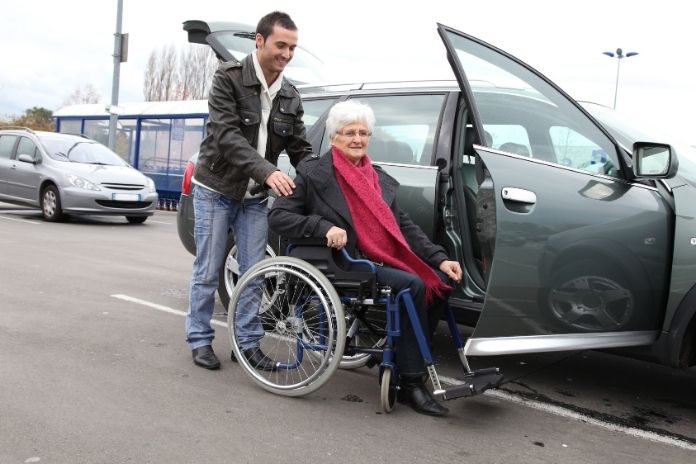People with disabilities often face obstacles in their daily life, and traveling comes with its own set of challenges. If you’re called upon to help a person who has a disability to get from here to there, you should both assist them and prepare yourself and your vehicle in advance. If you want to ensure a safe and trouble-free journey, keep these tips for safely transporting someone with a disability in mind.
Prepare the Vehicle
If you think breaking down, blowing a tire, or running out of gas is inconvenient for you, imagine the stress it places on someone who has a disability. Before heading out or even picking up a passenger, make sure your car is working at optimal levels. First, fill up the tank. Also, check the tires to ensure they’re all at the correct PSI level and free from excessive wear and tear. Look after all the fluids (oil, transmission, brake, wiper, and so on) to ensure they’re clean and topped off. Listen for issues with the engine, wheels, and other parts, and bring the car in for an all-points check up on periodically.
Getting In
If you have a van, SUV, or similar vehicle with equipment designed to help a wheelchair user in—whether a ramp, lift, or similar device—learn the proper procedure for operating that equipment and making the transfer. If you don’t have any equipment, take the following steps. Open the door and align the wheelchair with the vehicle. Lock the chair’s brakes, and then move the foot pedals and leg rests aside. Place a gait belt around the passenger’s waist for their safety and an extra grip. As with any weight, bend at the knees and lift with your legs; then, lift them up and over into the seat. Finally, buckle up! Above all, listen to them and work together. And if they begin to fall, don’t stop the fall. Instead, bend your knees again and ease them into a safe position, whether in the car, on the chair, or on the ground.
On the Road
However safely you drive on your own, travel even safer when you’re traveling with a person who has a disability. Unless they’re completely secured, accelerating and sudden braking can cause added discomfort or risk injury. Likewise, stay alert to hazards on the road, when entering and exiting traffic, and when making turns. If they have a parking permit, you can hang it in your car and use it to park in accessible parking spaces closer to your destination.
Plan Ahead
Whether you’re embarking on a short or long trip, here are some final tips for safely transporting someone who has a disability. Know the route you’re taking, any potential pitstops you might have to make, and places to stop that can accommodate those who have a disability. Finally, ensure everyone’s safety by packing a car emergency kit and a first-aid kit.
































